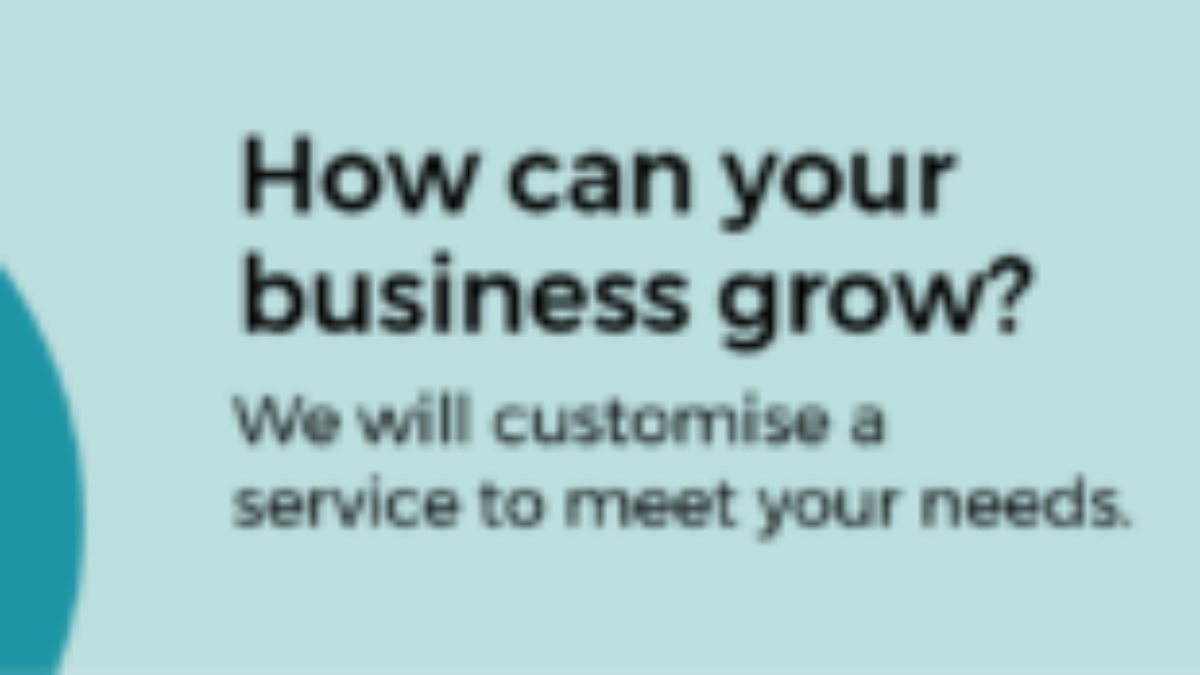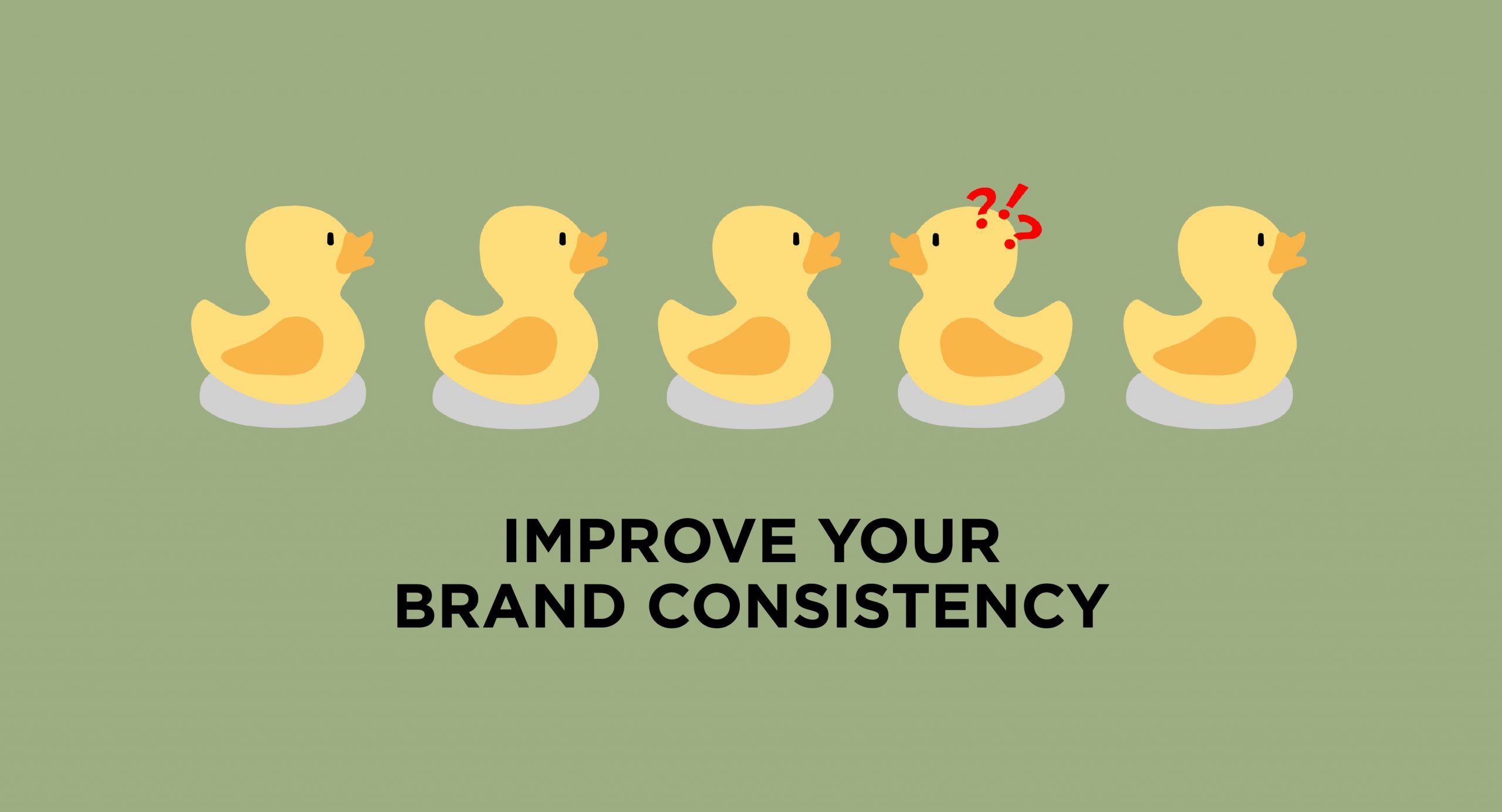CUSTOMER EXPERIENCE
Common myths about customer communication | How to avoid them
Being able to effectively communicate with your customers is essential. From the emails you send to the advertisements you create; all of these pieces of communication are an opportunity to leave an impression in your client’s mind.
In order to better communicate with your clients, all of these channels of communication need to be used effectively. Your branding messages need to accurately reflect the personality of your business and capture the attention of your audience. Many marketing teams make common mistakes when it comes to customer communication, which results in business messages that are not clear or effective.
When you want to better communicate with clients, there are a few common myths that you will want to steer clear of. Remember, once myths about what your customers want and need get passed around your marketing and customer service teams, they can wind up misinforming your entire organisation. Incorrect myths about how to better communicate with clients need to be stopped in their track. Then, they need to be replaced with the facts.
We are debunking the eight most common myths about customer communication and explaining how your business can avoid them.
Myth: Different communication channels should be managed separately
Fact: Consistency across touchpoints is key to branding success
No matter the size or industry of your business, the chances are that you have a range of different channels to communicate with your customer base. This could be through social media, email, blogs, live chat and anything in between. A common myth is that each of these different communication channels should be managed separately.
In actual fact, separately managing each communication channel can lead to inconsistent messaging. Consumers can become confused, and your brand message can become blurred if every channel is managed as a standalone.
When channels of communication are managed separately, perhaps by different team members throughout the business, it can create a confusing brand message. The last thing your business wants is your social media channels presenting your business as a casual, informal brand, while your email marketing is highly professional and formal.
Everything from the language and images used, through to the products you are promoting, should be the same across all channels. This consistency is key for being able to better communicate with clients, and this goes for all areas of your business, including sales and marketing, recruitment and training, and your physical environment.
Consistency across all your touchpoints is the key to branding success, and this means managing them simultaneously. While it may not be realistic for one employee or one team to manage all communication channels, everyone responsible for communication should be following the same guidelines.
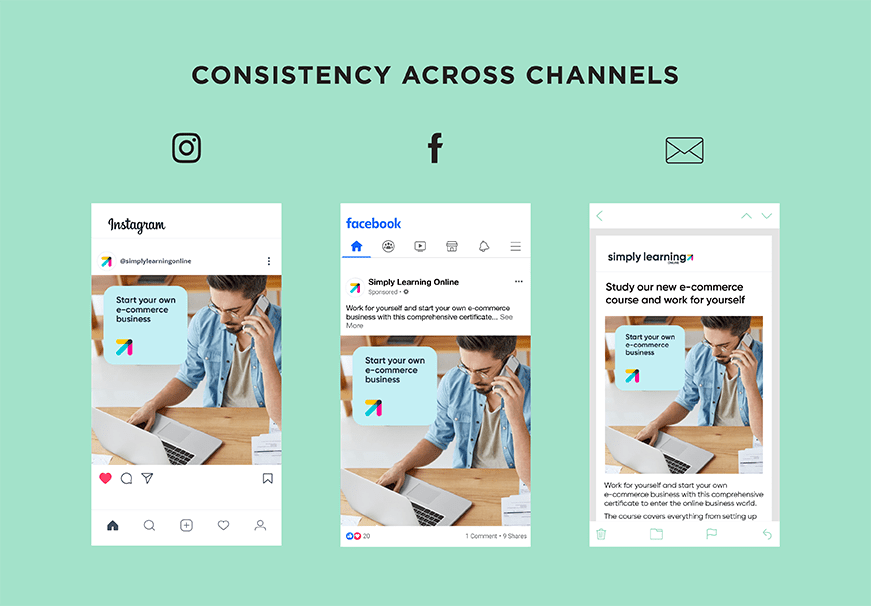
Myth: Keep communications minimal and avoid repetition in campaigns
Fact: Repeated themes across brand messaging builds effectiveness, especially via multiple channels
Now that we know that all communication channels should be managed together for a consistent message, it’s crucial to think about how often you communicate and what you are saying to the world.
A very common myth is that communications should be kept to a minimum, and repetition should be avoided. This myth goes so far that many communication managers feel that repeated messages are counterproductive and will actively avoid them. The truth is, repeated themes across brand messaging builds effectiveness, especially when multiple channels are used.
It is only natural that a consumer needs to see or hear a message multiple times before it sinks in. Sometimes repetition and lots of communications might be considered annoying but in actual fact, this an effective way to better communicate with clients. The idea of communicating messages time and time again has been used in marketing and advertising for many years because it is known to work.
A common method is the “rule of 7”, and this suggests that a consumer needs to hear a message at least seven times before they think about taking action. When these repeated campaigns are spread across all your communication channels, you can reach your audience more effectively than ever.
Consumers will always respond more favourably to promotions and adverts that they see on a regular basis, so keep sharing your key brand messages across every channel you have.
Myth: Frequent communication leads to customer relationships
Fact: Connecting via shared values nurtures customer relationships
Building relationships with your customers is valuable. Consumers are always more likely to return to the businesses they already know and like. This kind of loyalty can only be built through better communication with clients.
The common myth here is that the more frequently you communicate with customers, the more relationships you will build. Now, this one isn’t completely incorrect, as regular communication is important. But what matters even more is that the communication you are provided is valuable.
In order to nurture customer relationships, you need to connect with your audience. This means finding shared values and common ground.
People buy from people, and sharing a more human side to your business can help you to build on customer relationships. Use your content and various channels to open communication lines with customers and connect with them on a personal level. Consider the values that your audience have and make it clear that your business shares these same values.
Frequent communication isn’t a bad idea, but the quality of those communications is vital in order to better communicate with clients. Your focus should be on connecting with customers rather than bombarding them. Encourage two-way communication and engagement through your various channels. This could be on social media, email marketing or even in person.
Myth: A good enough product will generate its own positive word-of-mouth
Fact: It’s important to monitor and guide the conversation about your brand
Having a good product is essential for success and will likely benefit from some word of mouth promotion. However, contrary to popular belief, a good product isn’t enough on its own. Products that your customers love and value will naturally lead them to recommend to friends and family, but it is important that you help to guide this conversation.
The truth is, some happy customers still need encouragement to share their thoughts and feeling on a product, no matter how much they love it. Not only that but leaving your products to generate their own word of mouth will leave your business out of the conversation.
The fact of the matter is, you need to be there to help guide and monitor the conversation about your brand. Word of mouth marketing is a powerful tool and requires hard work and input from your business. A good product is only the beginning. Word of mouth marketing could be done through working with influencers, encouraging reviews, or setting up a referral programme.
However you want to do it, you will be there to oversee and get involved with the conversation. It is a great opportunity to connect and communicate with potential new customers while also maintaining relationships with loyal, existing clients.
Myth: Social media has replaced email communication channels
Fact: Direct mail is still an important method of connecting with customers
There is no doubt that social media has completely changed the way businesses communicate with customers online. Many people believe that social media has actually replaced email communication channels in recent years. This myth could be easy to fall into, because social media is such an excellent channel for communication, and email is far less popular than it once was.
But the truth is, direct mail and email are still a very important method of communication. In order to better communicate with clients, you need to be embracing both social media channels and email.
There are a handful of reasons why email is still an important channel to use to improve communication with clients. Email offers a level of professionalism and privacy that can’t be replicated with social media. You can communicate directly to an individual customer, creating a personal conversation and a unique message, as opposed to the masses on social media.
Whether you are advertising an offer, or a new promotion, facebook, instagram, or twitter can make the communication very impersonal. Direct email is a much more effective way to send targeted and personalised messages to your consumers. Not only that, but social media is such a busy place packed full of advertisements and information, that it is easy to become lost in the noise.
Personalised communication, such as email is much more likely to be seen by customers and paid attention to.
Myth: Routine customer interaction doesn’t need much thought or planning
Fact: Even mundane communications like order confirmations or invoices are an opportunity to add value to your brand
Your business interacts with your customers in many different ways. One myth we hear a lot is that routine customer interactions don’t need much thought or planning. This idea that interactions with customers can be created quickly and effortlessly without any prior planning is never going to help a business communicate better with clients.
Every engagement with your customers is important and should be treated as such. In order to better communicate with your clients, you need to carefully consider every interaction you have. Even the most mundane of communications, such as automated order confirmations and monthly invoices need planning and thought.
These are all opportunities to add more value to your brand and connect with your customer.
Routine communications are part of your brand voice and will have an impact on how these customers view your business. They could be the difference between a customer using your services time and time again or moving on to one of your competitors. It greatly helps to show empathy and gratitude in all of your communications.
Take the opportunity to thank customers for their orders or their loyalty and let them know information that they may find insightful. For example, you could include links to blogs about the best ways to use your products within your order confirmations, or you could take the opportunity to ask for reviews and feedback on your services.
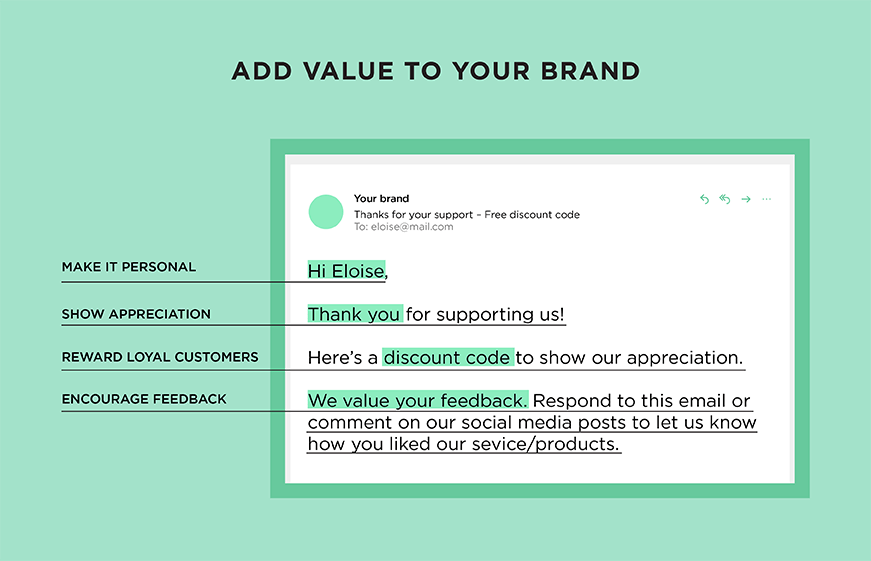
Myth: Having the right website, brochure or advertising is all that matters
Fact: Print or digital material needs to be supported by brand consistent customer service and support interactions
Websites, brochures and advertising are all vital to your business communication strategy. They are often the first interaction that you will have with a customer, and it is important that they convey the right message for your brand. The common myth here is that your website, brochure or advertising is all that matters, and nothing else is important when it comes to communication.
While print and digital materials are very important, they are certainly not the only things that matter. These assets must be supported with customer service and support interactions which are consistent with your brand.
For most businesses, the website, brochure or advert is just the beginning of the customer journey. They may then go on to pick up the phone to talk to a customer service representative or engage in conversation on online chat or social media.
All of these communication channels need to back up the brand messages on your marketing materials. That means that your customer services team need to reflect the same values and style as your website. In order to better communicate with clients, you need to focus your time and efforts on much more than just your website, brochure or advertising.
Don’t let the other areas of your business ruin the hard work that has gone into customer communication in online and offline materials.
Myth: Marketing communication is all about what we are saying to customers
Fact: Communication is a two way street and engagement is key to marketing success
Many businesses make the mistake of thinking that marketing communications are one way. They focus solely on what is being said to the customers, and not on what those customers are saying back. The common myth that marketing communication is all about what we are saying to customers couldn’t be more incorrect.
Communication is all about engagement, and it needs to be a two way street between you and your customers. It might be easy to just post on social media, share a new blog, or send out an email campaign, but the real value is in seeing what your customers are responding with.
You may find that your customers aren’t responding to your communications at all, which often means they are not very effective. The idea is to create engagement and conversation in order to build meaningful and lasting relationships with clients. This level of two way communication can help to make your brand seem more human and real. Social media is an excellent example of a communication channel where two-way communication is effective and encouraged.
By interacting with your customers online as opposed to just sending out marketing messages, you can show off your unique brand personality. Not only that but opening up conversations with customers is an excellent way to gain valuable insights into what they truly think of your business and products.
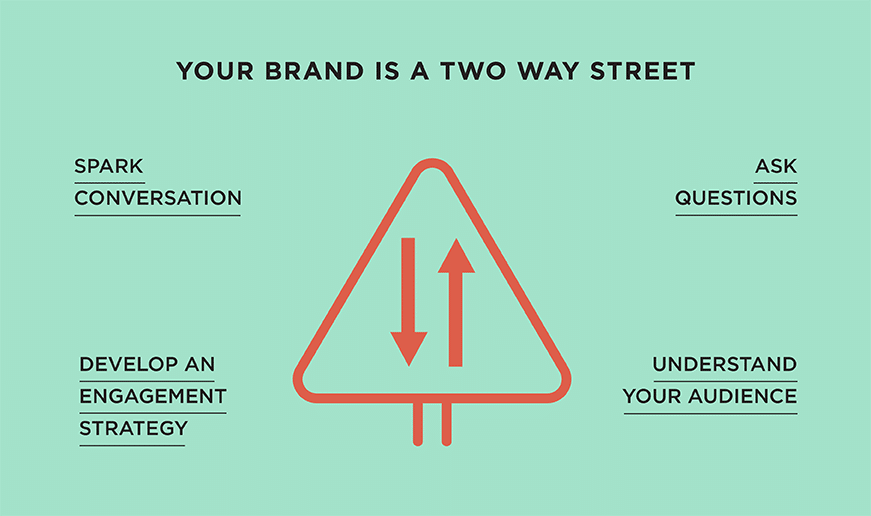
Related questions
How often should I be communicating with my clients?
When you are thinking about how to better communicate with clients, you might be wondering how often you should be contacting them. On the one hand, you don’t want to bombard them with too many communications. On the other hand, you don’t want them to forget about your business or your products.
The correct level of communication will help you to remain at the top of your customer’s minds when they need your services.
There is no one-size-fits-all approach to communicating with clients. Some customers need more attention than others, and some are going to be more valuable to your business. Customers that don’t have much value for your business can be contacted rarely, and it won’t matter because they aren’t likely to buy from you anyway.
Customers that are very valuable can be contacted many times and won’t find it too much because they value what you have to offer.
How can I increase engagement on my social media accounts?
We have already discussed the importance of engagement when it comes to customer communication but knowing how to encourage engagement is another issue entirely. In order to increase social media engagement, you first need to be measuring your engagement rates.
Once you know the engagement levels you are starting with, you can start working on an engagement strategy.
It is vital that you understand your audience on social media so that you can determine the tone, language and resources that will resonate with them. After working out exactly who you are trying to engage with and why you can start to create and share content that will be valuable to them.
It takes much more than just talking about how great your products are to get your customers talking. Instead, try to share content that delivers value and sparks conversation. Asking questions, offering contests and online polls are all great tools for increase social media engagement.





